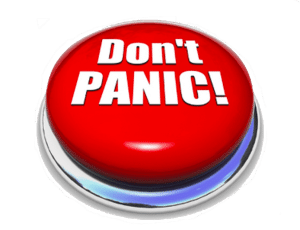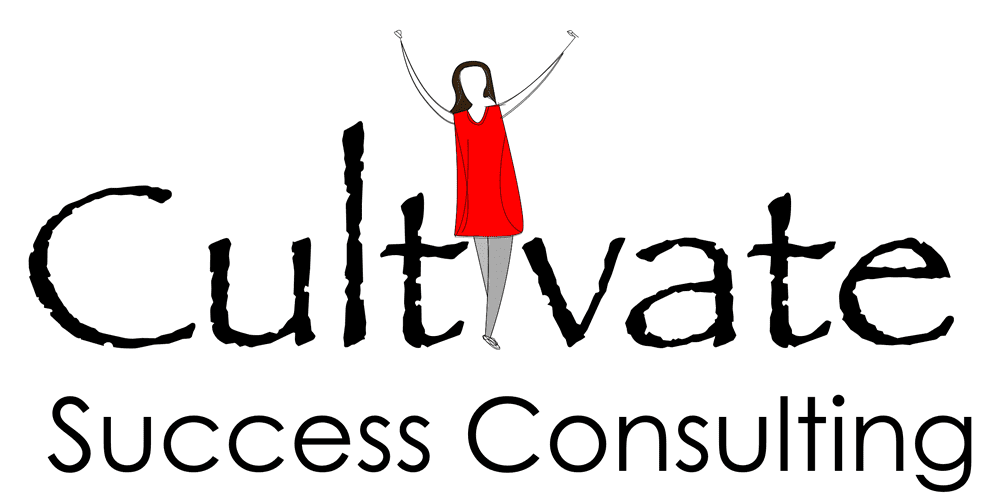Know Your Audience: Define the Problem to Provide a Solution

Intro:
I keep on hearing marketers say how everyone has all this extra time now that there is a quarantine in place to help fight the spread of the virus. REALLY?
Most of the people that I have been talking to and reading about – spanning all generations and age groups – are struggling right now; with their time management, with their focus, with their priorities, etc. They don’t feel like they have a bunch of extra time on their hands to learn new skills, catch up on chores, or create more products.
In fact, they feel like they now have LESS time and MORE responsibilities or pressures.
Marketers and leaders alike need to communicate with their audience(s) in mind especially at a time like right now. KNOW what your people are struggling with; UNDERSTAND what their pain points are and HELP them.

This is the fourth installment of my weekly series on Crisis Communications. It’s time to reassess and hone in your communications and the direction that you are taking to move forward in these uncertain times.
Four installments mean that we have been dealing with the #COVID-19 #pandemic for over 4 weeks now, here in the US. Within the past month, we have seen a lot of brilliant directors and executives emerge as “helpers” while also serving as commanders in this uncertain time by exhibiting courageous and empathetic behaviors. These mentors are providing motivation and clear direction to their organizations; they are communicating with their constituents regularly and they are empowering their workforces. They know what their teams need and they are accountable and committed to them. One reason why they are such effective leaders is because they know their audience(s) and they know how to help direct them towards what they need.
Please note: there is quite a lot that we can learn and improve upon from our more ineffective leaders showing their true colors at this time, as well. That discussion is for a different time and place. The purpose of this current series is to focus on intentional actions that will help you and your organization to move forward through this time of crisis.
This is unchartered territory for everyone. This is not business as usual – this is business under fire. This is everyone being forced into major transitions both at home and work without any warning or practice.
Leaders need to ask themselves what do people need to move forward and to work through this together? How do I make my team and staff feel valued and supported through this transition?
People need motivation, inspiration, and direction.
- Instructing and guiding enough so that they are not overwhelmed and yet have the next steps to focus on to provide comfort and a feeling of safety while providing flexibility so that they can find how to make things work for their unique situation.
- Providing a silver lining while also acknowledging that these are hard and scary times for everyone.
People need grace and understanding.
- Allow everyone time to process these changes and grieve the past. We don’t know what tomorrow will look like, but we do know that it will be different than the past.
- Let them know that you have their backs. We are all going to trip and fall while working through this and we need to know that we are safe in making mistakes while finding our path.
People need the ability to come together and lift each other up.
- Allow time in the workday for people to connect on work technology without billing the time to a project. Encourage people to have non-work related conversations to create a healthier environment for everyone.
- Support individuals in organizing efforts to aid those in need through this crisis. By empowering your teams you will create a momentum within your workforce that will promote creativity and goodwill.
Let’s call out the obvious to help alleviate some tension for everyone. Productivity is going to suffer in the midst of big transitions. This is a short-term loss for a longer-term gain in the end (once the dust has settled and the smoke has cleared). All leaders who deal with change management are aware of these steps. It is helpful to set expectations and recognize that right now as we transition into our new temporary normal that:
- Work is taking longer to complete due to:
- trial and error and parallel pathing for best processes, best times/ways to interact with co-workers and where to find information that they used to have at their desks
- constant interruptions by children who recognize the tension, but don’t understand it and are used to being at childcare or school where they receive direct instructions and interactions
- spouses, partners, and roommates also working from home and sharing limited workspace
- aging parents now at home who are more anxious and ornery than usual due to the current circumstances
people taking on additional labor at home now that public areas are closed and non-household members are no longer allowed inside our homes
Just do your best. Take care of your health as well as your work. Take care of your family as well as your colleagues. We are all experiencing major shifts as a result of this pandemic and we are doing our best to figure out how to get through it. WE ARE ALL IN THIS TOGETHER.
Do you need help with your Crisis Communications through this time at your organization? Send me a message and let’s chat.
Do you have any questions about your Crisis Communications Plans that you’d like me to cover? Shoot me an email. I’ve enjoyed all the discussions.
Don’t miss future articles on Crisis Communications or other important marketing topics. Subscribe to The Corner Blog.






Recent Comments